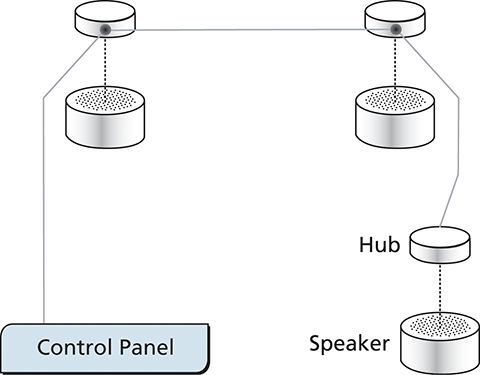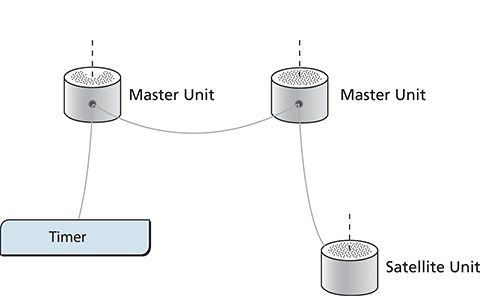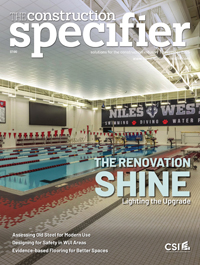Tuning into sound masking technology


Conclusion
Today’s design trends and increased occupant densities mean clients may be more reliant than ever on sound masking to improve speech privacy and control noise in the workplace. The measurements and adjustments an acoustician or vendor makes after a sound masking system is installed are an essential part of the commissioning process.
In all but extreme cases, it is impossible to know whether a sound is providing the expected level of masking. To make this determination, it must be ascertained whether the desired curve has been met throughout the facility. Clients can be assured of their sound masking system’s performance by requesting a detailed report of the tuning results. This document should demonstrate the desired curve is consistently provided throughout the space, ensuring the system’s benefits are enjoyed equally by all occupants.
Niklas Moeller is the vice president of K.R. Moeller Associates Ltd., manufacturer of the LogiSon Acoustic Network sound masking system (logison.com). He has more than 25 years of experience in the sound masking field and also writes an acoustics blog at soundmaskingblog.com. He can be reached at nmoeller@logison.com.








